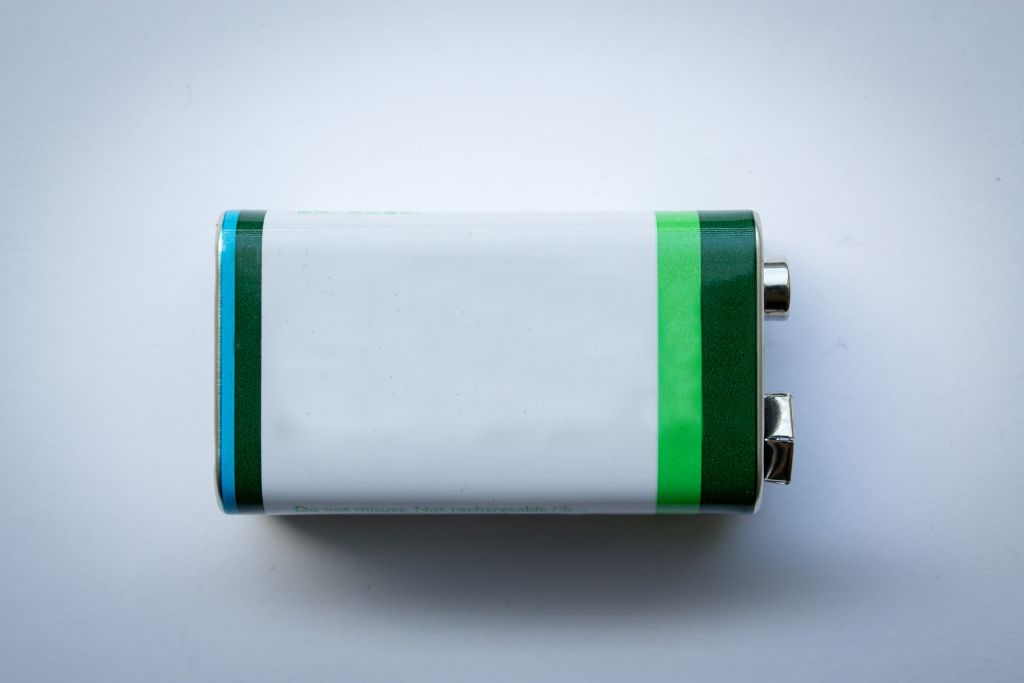Various battery technologies and cell types can make a difference in runtime, power output, and lifespan. Some batteries, such as older Nickel Metal Hydride (NiMH) cells are susceptible to a phenomenon called memory effect.
With the POWER FOR ALL 18V system, one battery works for all green Bosch tools. Learn more about the technology behind this remarkable compatibility.
Using the Battery
Power tool batteries have come a long way since the cordless screwdrivers of old. They now deliver greater ampere-hours (AH) for more run time and are more durable against heat and impact. With the right care, they will last longer to give you great value for money.
It’s important to use the correct battery for your power tool as each manufacturer has their own specifications. Using the wrong battery can lead to problems including damage, a short lifespan, and poor performance.

There are three main power battery technologies for cordless tools – nickel-cadmium (NiCad), nickel metal hydride (NiMH), and lithium-ion (Li-Ion). Each has its pros and cons but Li-Ion batteries are generally the best choice as they have a much longer cycle life, are less susceptible to memory effect, and are more environmentally friendly. Always use the charger that came with your battery as it has built-in sensors and circuitry to prevent overcharging or damaging the cells.
Using the Charger
Generally speaking, most power tools run on an 18V battery platform. This is because this voltage provides a good balance between power, battery size, and cost.
Lithium batteries are the current standard in cordless power tools. They have overtaken older nickel metal hydride (NiMH) batteries. NiMH batteries are still used by some manufacturers and offer a lower price point. However, they are subject to memory effects and will lose their maximum capacity if repeatedly charged before reaching a full charge.

When using a charger it’s important to follow the manufacturer’s instructions carefully as some chargers require you to connect them to the battery in a specific way. Typically you’ll need to attach the charger’s red clamp to the positive terminal and the black clamp to the negative. Once attached give the charger a wiggle to ensure the clips are secure.
Most Bosch branded batteries are forwards and backward-compatible across the whole POWER FOR ALL range. This means that one battery fits all green Bosch tools and those from our alliance partners such as Gardena, DeWalt, and Ridgid.
Using the Tool
Power tool batteries are available in a range of voltages to meet the requirements of different power tools. Smaller tools may only require a 12V battery to run, while larger tools will need either 18V or 20V.
Choosing the right battery size can also impact your run time. Some batteries are more durable and hold their charge longer than others, but they will still lose capacity over time.

Most manufacturers offer a wide selection of battery sizes. It’s important to choose a brand that uses high-quality Li-Ion cells to ensure long battery life.
All rechargeable batteries lose their charge over time, but some are more prone to memory effects than others. To avoid this, make sure you use the charger that your battery came with to prevent overcharging and overheating. Also, don’t use off-brand chargers as they can cause your batteries to degrade faster than they should. Heat is one of the main causes of power tool battery death, so keep yours out of direct sunlight.
Using the Accessories
You can use a lot of different tools and accessories to improve your baking experience. For example, a digital scale is ideal for making precise ingredient measurements. This is a must-have for bakers because even the slightest difference can have an impact on the final product.
A strong spoon or spatula is also a must for kneading dough. Then, there’s a range of kitchen thermometers for checking water temperature and baked bread to see if it’s done. Finally, a bread lame (pronounced LAY) is a razor tool that helps bakeries create neat designs or rustic marks on their breads.

Some cordless tool users would love to see a brand-independent interface that accepts multiple different batteries and lets them switch between them seamlessly. This is a challenging goal to achieve, though. To get there, each battery pack and interface attachment would have to be reverse-engineered and tested to ensure safety and compatibility. Until then, users can look for 3rd party battery adapters online.
If you’re curious about the upcoming technologies that are poised to revolutionize the world we live in, look no further. Our in-depth article on “Upcoming Technologies That Will Change the World“
